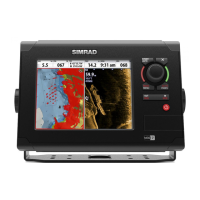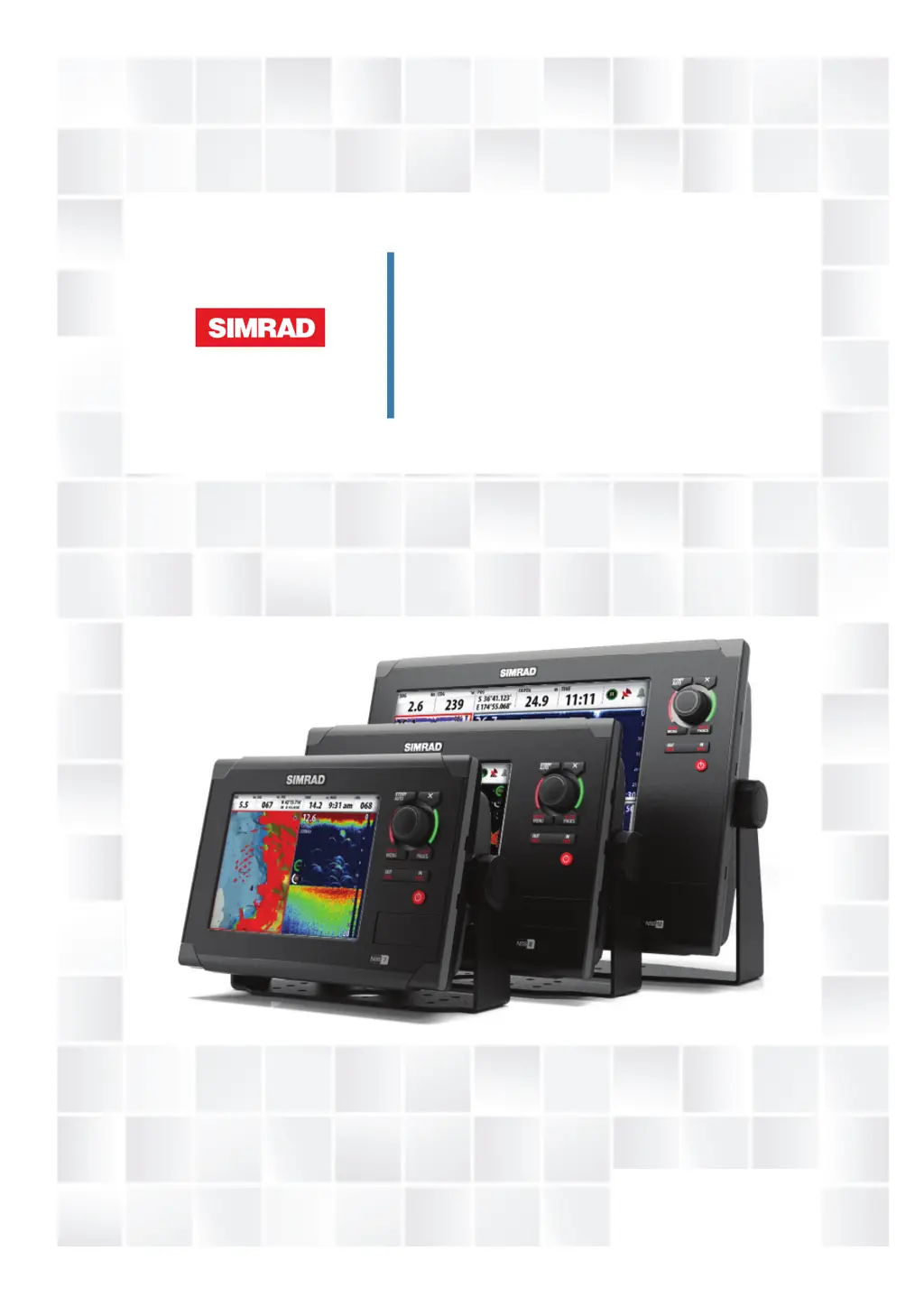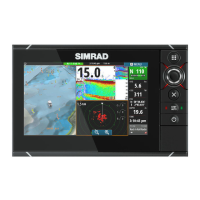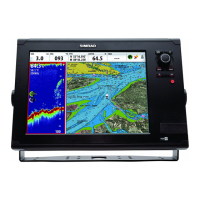What to do if normal operation is not possible on Simrad NSS?
- EEmily Webster DVMJul 27, 2025
If normal operation of your Simrad Marine Radar is impossible, and restoring factory defaults doesn't resolve the problem, try this: turn off the unit, then press and hold the zoom in and zoom out keys while switching the unit back on. After about 5-6 seconds, release the zoom keys. A second beep will confirm the reset.












